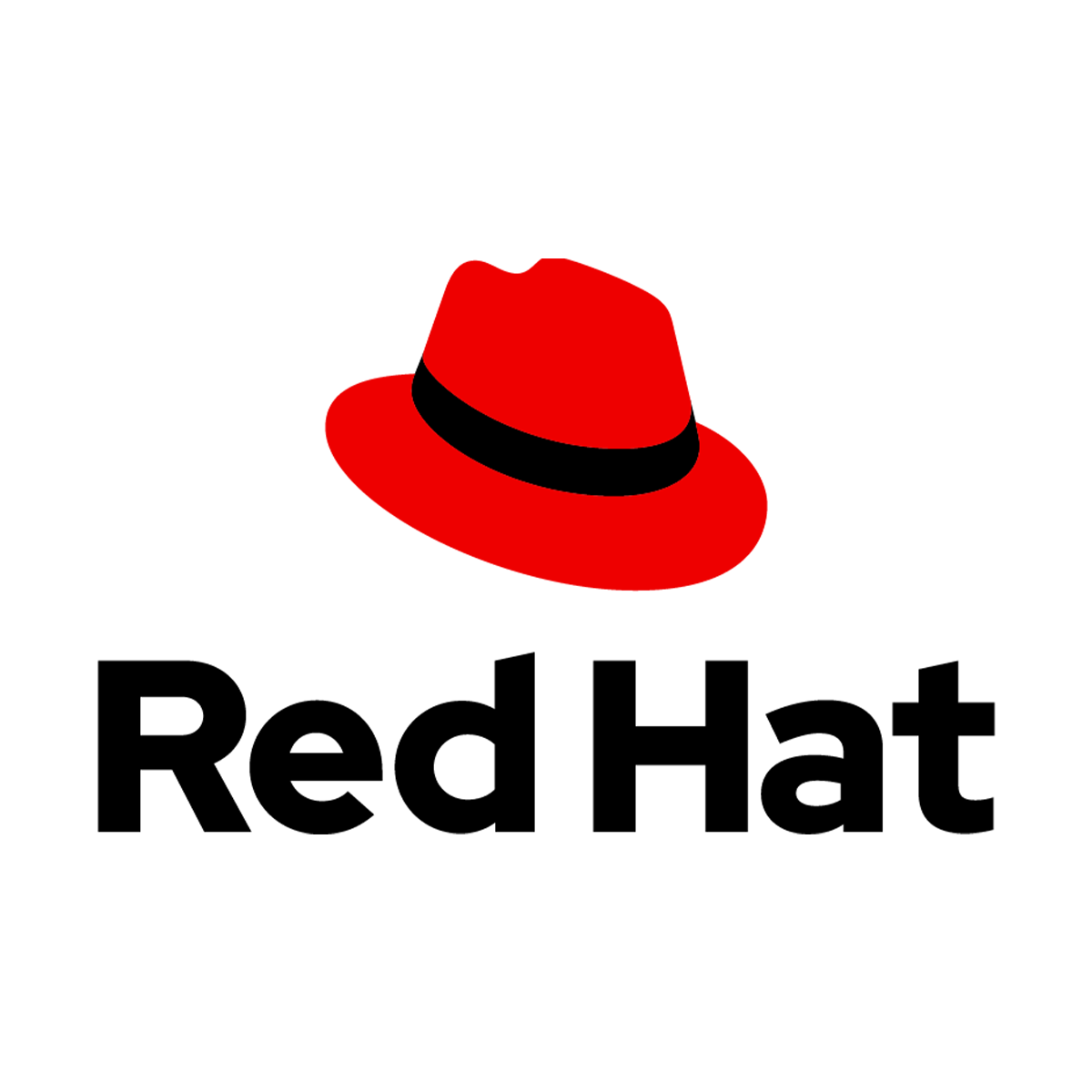Back to Courses








Support And Operations Courses - Page 10
Showing results 91-100 of 203

On Premises Capacity Upgrade and Monitoring with Google Cloud's Apigee API Platform
Learn how to upgrade capacity for the Apigee for private cloud platform installation, and how to monitor the platform.

Google Workspace for Education: Getting Started
This is a Google Cloud Self-Paced Lab.
Learn about Google Workspace for Education: how to create an organizational structure, how to set up organizational units and groups, and how to set up user accounts.
Google Workspace for Education is a set of Google apps and services that are tailored for schools and homeschools that allow for collaboration, streamlined instruction and safe online learning. Google Workspace for Education offers multiple editions to meet your organization’s needs.

Understanding and Combining GKE Autoscaling Strategies
This is a self-paced lab that takes place in the Google Cloud console. In this lab you will explore the benefits of different Google Kubernetes Engine autoscaling strategies, like Horizontal Pod Autoscaling and Vertical Pod Autoscaling for pod-level scaling, and Cluster Autoscaler and Node Auto Provisioning for node-level scaling.

Clean Data in SQL using MySQL Workbench
By the end of this project, you will clean up MySQL student data in a MySQL database using SQL commands in MySQL Workbench.
MySQL is a widely used relational database. Often data is incorrectly formatted, duplicated and/or lacks the granularity to perform proper analysis of a database. MySQL workbench provides a User Interface to MySQL data that allows the data analyst to Perform queries to check data, repair data, create tables, and insert data to clean up a database.
Note: This course works best for learners who are based in the North America region. We’re currently working on providing the same experience in other regions.

Managing a GKE Multi-tenant Cluster with Namespaces
This is a self-paced lab that takes place in the Google Cloud console. This lab explores best practices in managing and monitoring a multi-tenant cluster in order to optimize your costs.

Create a Resume and Cover Letter with Google Docs
In this project, you will create your very own resume and cover letter from start to finish. You will utilize the Google Docs application in a Google Chrome web browser to find readily available templates. We will first review the basic parts of a resume and fill in your own personal information related to contact information, personal summary, work experience, education, and any additional information. We will also review what it takes to create a great cover letter and fill it in with your own words. As we create these documents you will get to learn many ways to customize text format, styles, bulleted lists, and even add a signature to your cover letter. Lastly, we will cover how to print the document and save it to a file such as a PDF so these documents can be shared to your next potential new employer.
Note: This course works best for learners who are based in the North America region. We’re currently working on providing the same experience in other regions.

Jenkins: Bootstrap and configure real team environment
By the end of this course you will be able to set up your own instances of Jenkins on your own server. You will be able to connect it to a source code management tool like Github and you will know how to set up a team with different levels of access using a plugin that handles authorisation in Jenkins.

Fundamentals of Red Hat Enterprise Linux
This course will provide you with a basic introduction to Linux® skills using Red Hat® Enterprise Linux 8. It will show you how a Linux system is organized, and will demonstrate introductory system administration tasks, which you will be able to practice on your own.
You will be introduced to reasons why Linux and the open source development model are so important in today's computing environment. Linux systems are used everywhere—the internet, point-of-sale systems, and the world's stock markets. You’ll find Linux running smart TVs, in-flight entertainment systems, and most of the top supercomputers in the world.
There are many reasons why it is valuable for you to learn Linux. If you are looking for new opportunities in IT, Linux skills are in high demand. For example, if you are developing applications, it's likely your application or its runtime is hosted on Linux. If you're working in the cloud, your cloud instances may be based on Linux, and your private or public cloud environment is also probably based on Linux. If you're working with mobile applications or the Internet of Things, it is also likely that the operating system of your device is based on Linux. And, if you use Windows, you'll need to interoperate with Linux.
After completing this course, you will have a solid introduction to working with Linux from the command line, using Red Hat Enterprise Linux 8 as a model. In applying these skills, you will be able to perform fundamental operational tasks, whether your Linux machine is on your desk or on a remote system across the Internet.

Basic System Programming on IBM Z
The foundational knowledge for the position of an IBM z/OS System Programmer and System Administrator begins with this third and final course in the three course professional certificate track. This course provides hands-on labs to everyday z/OS tasks with JCL, JES, ISHELL and HFS, and z/OSMF. Topics covered include VSAM, z/OS System Libraries, the Language Environment, Generation Data Groups, RAIM, DB2, UNIX System Services, and USS File System.
On successful completion of this course, the learners are eligible to claim the Basic System Programming on IBM Z badge. More information can be found here :
https://www.youracclaim.com/org/ibm/badge/basic-system-programming-on-ibm-z
Popular Internships and Jobs by Categories
Browse
© 2024 BoostGrad | All rights reserved



